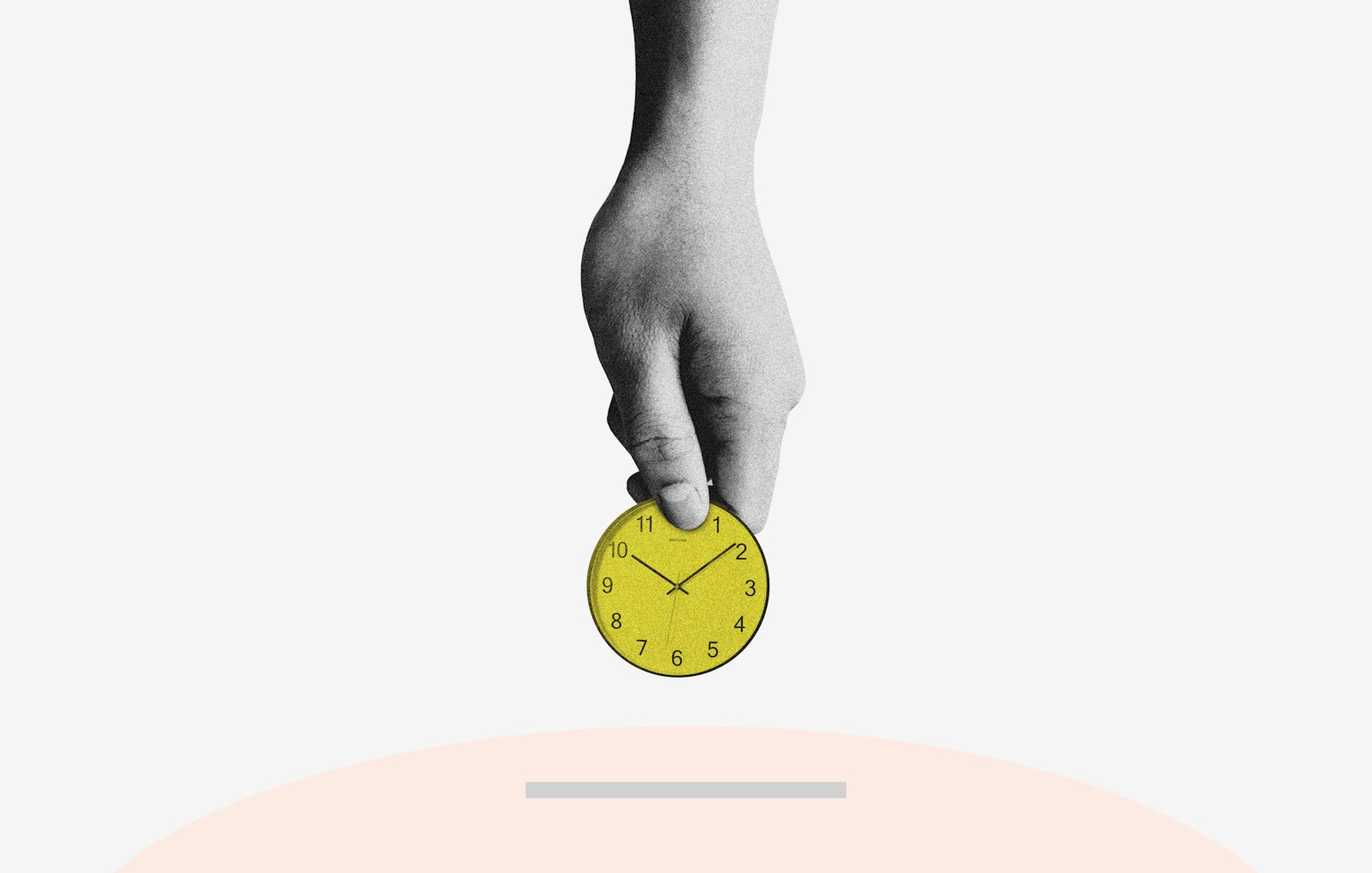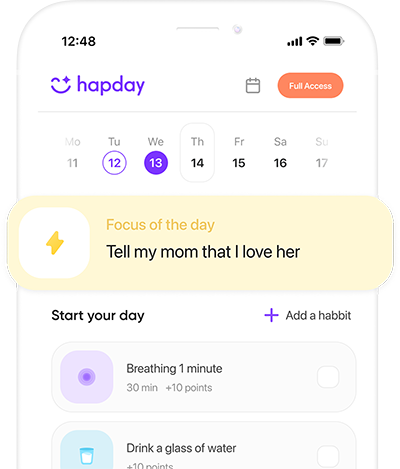Table of Contents
- Introduction
- Understanding ADHD and Time Management
- The Role of Mindfulness in ADHD
- Implementing Mindfulness Practices for Better Time Management
- The Science Behind Mindfulness and Neuroplasticity
- Case Studies: Success Stories of Mindfulness in ADHD Time Management
- Tips for Incorporating Mindfulness into Daily Routines
- Challenges and Considerations
- Conclusion
Introduction
Attention Deficit Hyperactivity Disorder (ADHD) affects millions of people worldwide, characterized by symptoms such as inattention, hyperactivity, and impulsiveness. These challenges can make everyday tasks, like managing time, seem daunting. According to the Centers for Disease Control and Prevention (CDC), about 6.1 million children in the U.S. are diagnosed with ADHD, with many continuing to experience symptoms into adulthood. However, incorporating mindfulness techniques offers a promising way to enhance efficiency and manage these symptoms effectively.
Understanding ADHD and Time Management
Efficient time management—being able to use time both productively and effectively—is a struggle for many with ADHD due to executive function challenges. These are the mental skills needed to organize, plan, and manage time effectively. Individuals with ADHD often experience “time blindness,” finding it difficult to perceive time passing accurately. This can lead to procrastination, missed deadlines, and a sense of being overwhelmed.
Research from the Journal of Attention Disorders indicates that these difficulties are connected to deficits in working memory and processing speed. Such cognitive challenges hinder prioritizing tasks, estimating duration, and maintaining focus.
The Role of Mindfulness in ADHD
Mindfulness practice involves being present and fully engaged in the moment without judgment. This practice has emerged as a beneficial strategy for managing ADHD symptoms. Clinical Psychology Review discusses how mindfulness strengthens attention and reduces impulsivity by improving self-regulation and emotional control.
Using techniques like meditation, mindful breathing, and body scans, mindfulness can potentially reshape neural pathways, enhancing cognitive functions. The Journal of Child and Family Studies underscores that mindfulness improves attention, emotional regulation, and executive function for both children and adults with ADHD. By cultivating present-moment awareness, individuals can better manage their reactions to external demands.
Implementing Mindfulness Practices for Better Time Management
1. Mindful Planning
Effective planning is crucial for time management. Here’s how mindfulness can enhance your planning skills:
- Daily Mindful Journaling: Spend a few minutes each morning jotting down tasks and goals for the day, mindfully determining the importance and urgency of each.
- Mindfulness in Prioritization: Use mindfulness to differentiate between tasks that are urgent but not important and those that are important but less urgent, maintaining focus on long-term goals instead of immediate distractions.
2. Mindful Time Tracking
Understanding how time is spent is key for those with ADHD. Mindfulness can help here too:
- Time Logging: Keep track of activities and their durations. Reflect on this mindfully, identifying patterns and areas for improvement.
- Mindful Transitions: As you switch tasks, take a moment to pause, breathe, and fully engage with the next task, preventing the habit of jumping impulsively from one activity to another without completion.
3. Mindful Breaks and Rest
Regular breaks are essential for maintaining productivity and focus. Incorporate mindful breaks by:
- Scheduled Mindful Breaks: Set a timer to take breaks for activities like mindful walking or breathing exercises, helping to reset attention and reduce cognitive fatigue.
- Mindful Rest: Use techniques like progressive muscle relaxation or guided meditation to rejuvenate your mind and body during breaks.
The Science Behind Mindfulness and Neuroplasticity
Mindfulness can induce neuroplastic changes beneficial for those with ADHD. Psychiatry Research: Neuroimaging highlights that regular mindfulness practice can increase gray matter density in brain regions linked to attention and emotional regulation. For those grappling with excessive mind-wandering, mindfulness helps reduce default mode network (DMN) activity, thereby boosting focus and task engagement.
Case Studies: Success Stories of Mindfulness in ADHD Time Management
Case Study 1: John, a University Student
John, a 20-year-old university student with ADHD, struggled initially with managing coursework and ended up cramming before exams. After embracing a mindfulness routine including daily meditation and mindful time tracking, he noticed better focus and improved grades. Mindfulness helped him stay calm under pressure, enhancing his study sessions’ effectiveness.
Case Study 2: Sarah, a Working Professional
Sarah, a 35-year-old marketing executive, found meeting deadlines and organizing work tasks challenging. After taking mindfulness-based stress reduction (MBSR) courses, she integrated mindful planning and prioritization techniques, significantly boosting her time management skills. This led to decreased work-related stress and an increased ability to complete projects on time.
Tips for Incorporating Mindfulness into Daily Routines
- Start Small: Begin with brief mindfulness sessions, expanding duration as it becomes more comfortable.
- Consistency is Key: Aim for daily rather than sporadic, lengthy sessions to maximize effectiveness.
- Integrate with Daily Activities: Infuse mindfulness into everyday actions like eating, walking, or brushing your teeth.
- Use Technology Wisely: Apps like Headspace or Calm offer guided meditations and reminders.
- Community Support: Join mindfulness communities or support groups for shared experiences and motivation.
Challenges and Considerations
While mindfulness has benefits, be aware of challenges:
- Initial Resistance: Some may find it difficult to engage initially, particularly if used to a fast-paced lifestyle.
- Consistency Issues: Maintaining regular practice requires commitment, but a structured routine can help.
- Individual Variation: Mindfulness efficacy varies among individuals. Tailor your approach to fit personal needs and preferences.
Conclusion
Mindfulness offers exciting potential for managing time more effectively for individuals with ADHD. By encouraging present awareness, emotional regulation, and improved executive functions, mindfulness can greatly alleviate time management challenges. With practice, mindfulness can transform into a powerful tool for improving efficiency and overall well-being, guiding individuals towards a more balanced, focused, and fulfilling life.
As our understanding of mindfulness and its benefits for ADHD grows, more people will hopefully embrace this accessible and empowering practice to enhance their lives.
By integrating mindfulness into daily life, those with ADHD can discover a new level of productivity and peace, making time management feel less like a struggle and more like an achievable goal.


I love how this article highlights the importance of mindfulness for those with ADHD! The concept of mindful planning really resonates with me. I’ve started journaling my daily tasks, and it has made a world of difference in how I prioritize my day. It’s amazing how just a few minutes can set the tone for productivity!
Absolutely, Mike! I’ve found that taking time to reflect on my tasks helps reduce that overwhelming feeling. Have you tried any specific mindfulness techniques that work best for you?
While I see the value in mindfulness practices, I wonder if they can really replace traditional time management strategies for people with ADHD. It seems like it might take a lot of effort to change one’s habits. What do others think?
This is such an interesting read! The science behind neuroplasticity and mindfulness gives me hope that we can actually reshape our brain’s pathways to better manage ADHD symptoms. I’m definitely going to share this with my friends who are struggling!
‘Mindful breaks’? Sounds like a nice way to procrastinate if you ask me! But hey, maybe it does help some people focus better after a little downtime. What do you think? Does anyone else find breaks more distracting?
“I get where you’re coming from, Tina. But I’ve noticed that structured breaks actually help me reset my mind and keep me productive longer! It just takes some trial and error to figure out what works best for each individual.”
“I’ve recently started using an app to track my time more mindfully as suggested here, and I can’t believe how much it has changed my perspective on how I spend my hours! It’s like uncovering lost time every day when I see where I’m wasting it.”
“That sounds awesome, Frank! Which app do you use? I’ve been looking for something user-friendly that helps with tracking without being too complex.”
“Tracking time really is eye-opening! It helped me cut down on mindless scrolling during work hours by showing me exactly where my attention was wandering.”
The case studies were really inspiring! It’s amazing to see real-life examples of how mindfulness can transform someone’s approach to managing ADHD challenges. John’s story about improving his grades gives hope – it’s proof that these techniques can lead to tangible results!
While the benefits of mindfulness sound promising, I’m curious about the long-term effects on individuals who might struggle with consistency in their practice. Is there research indicating sustained benefits over time?
That’s a great point, Paul! Some studies suggest that even short bursts of regular practice yield positive changes over time, but consistency truly seems key for lasting impact.
I appreciate your inquiry, Paul; however, without personal motivation or discipline in practice, even the best methods may fall flat.
I enjoyed reading about mindful transitions between tasks—what a simple yet effective idea! Taking a moment to breathe before diving into the next thing could be exactly what many need to avoid burnout.
I absolutely loved this article! It highlights the importance of mindfulness in managing ADHD, and I believe it can make a real difference for many people. The case studies were particularly inspiring. John and Sarah’s stories show how effective mindfulness can be in transforming lives. I plan to share this with my friends who struggle with similar challenges.
While the article presents an interesting perspective on ADHD and mindfulness, I can’t help but feel skeptical about its effectiveness for everyone. Not everyone responds to mindfulness techniques in the same way, and some may find them frustrating rather than helpful. A one-size-fits-all approach rarely works in mental health.
The article is quite informative and does a great job explaining how mindfulness can be integrated into daily routines for better time management among individuals with ADHD. However, it could benefit from mentioning more specific practices or examples of mindfulness exercises that are easy to implement. Overall, though, it’s a solid read for anyone interested in the subject.
This article seems to glorify mindfulness without addressing its limitations or possible downsides for those struggling with ADHD. It’s important to remember that not everyone will experience the same benefits from these techniques, and focusing solely on mindfulness might overlook other effective treatments that could help individuals manage their symptoms more effectively.
“Mindfulness helps you find your ‘inner peace,’ but if you ask me, finding my inner peace feels like searching for a needle in a haystack! This article was interesting though; it made me think about how often I’m lost in my own thoughts instead of being present. Maybe I’ll try some mindful walking—just don’t ask me to walk straight!
“I appreciate the insights shared in this article regarding ADHD and mindfulness! The connection between neuroplasticity and improved focus is fascinating and shows just how adaptable our brains can be. As someone who’s curious about psychology, I found this piece enlightening as it emphasizes practical ways to integrate these practices into daily life.”
This piece had me chuckling at times! It’s ironic how we often forget about taking breaks even when we’re told they’re essential! Mindful breaks sound like an oxymoron when you’re juggling tasks like hot potatoes! Still, who knew walking mindfully could be beneficial? Maybe I’ll give it a shot after my next frantic sprint!
The scientific aspects discussed regarding neuroplasticity really caught my attention! Understanding how our brains can adapt through practices like mindfulness opens up new avenues for managing ADHD more effectively. It raises intriguing questions about our cognitive capabilities that I’d love to explore further.
This article seems well-intentioned but oversimplifies the complexity of managing ADHD through mindfulness alone. While integrating mindful practices can aid some individuals, it should not replace other essential interventions such as therapy or medication where necessary. A balanced approach is critical when tackling such multifaceted challenges.